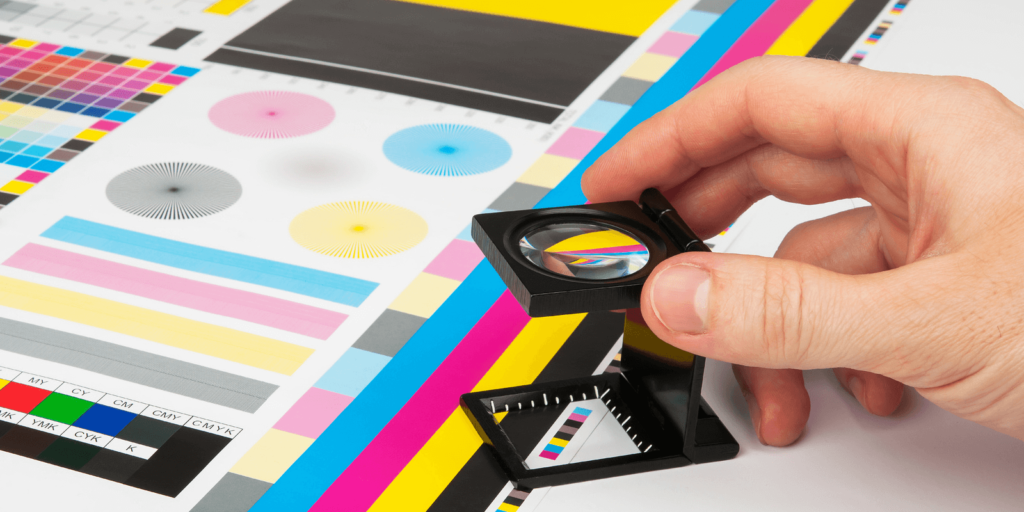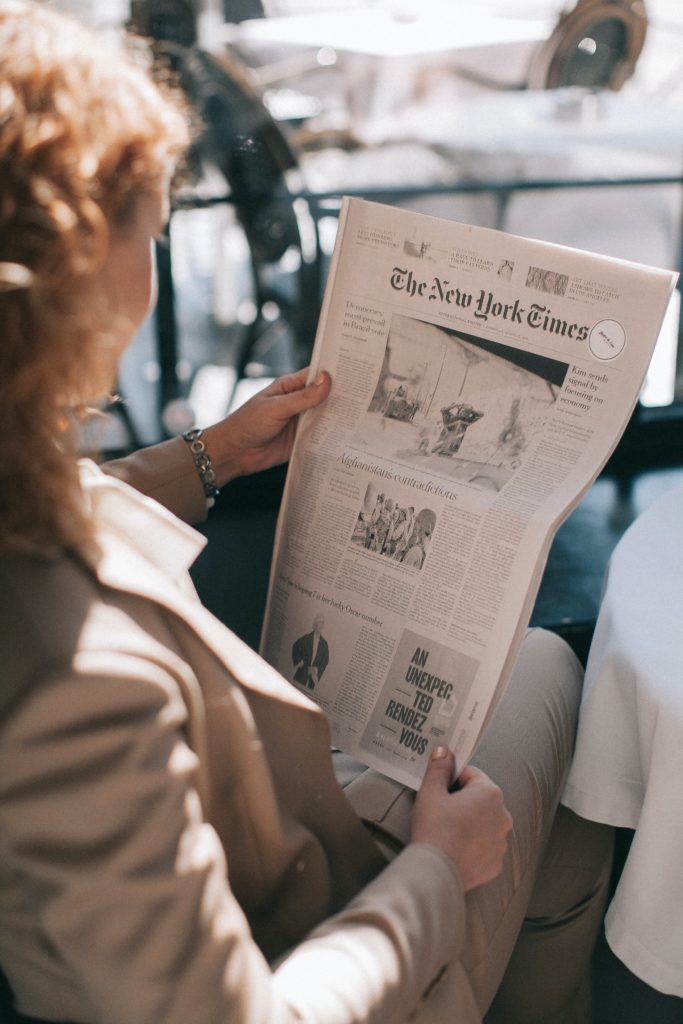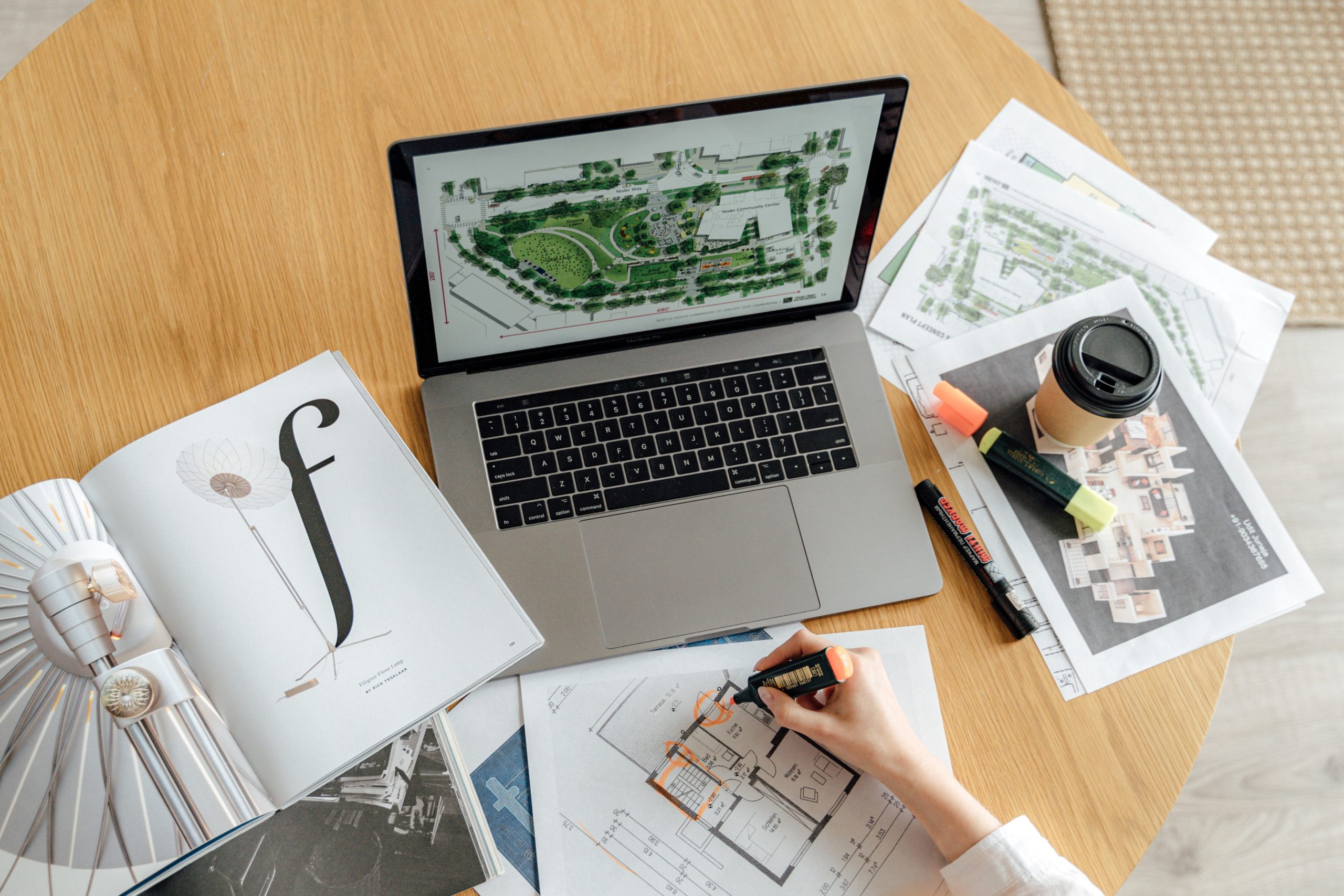The rise of technology has led to many changes and discoveries within the design world. One of the most noticeable changes would be the shift from traditional design methods to digital ones. Graphic design, specifically, has placed a huge emphasis on working digitally. Despite digital design’s ever-growing importance, print design still holds its weight.
What is print design?
Print design is a form of graphic design that appears on printed materials such as magazines, billboards, and brochures. The purpose of print design is to use visual graphics to convey a message. The first time the term “graphic design” was used was in 1922. This was a time that newspapers were at their peak and magazines were growing in popularity. As these were the main form of mass communication, the editorial design was essential to publishing companies. As technology increased, newspapers and magazines decreased. For this reason, many people believe print design is dead or dying. While the print industry is changing to keep up with technology, print design is still alive and, in many cases, thriving. Some examples of current print design use include Business cards, Branded packaging, Magazines, Books, Flyers, Posters, Catalogs, Billboards, Restaurant menus, and others.

The power of print design
Print design and digital design are similar in their purpose of communicating information through visual elements, but print design serves other important roles. To start, print design has been essential during the rise of entrepreneurship and small businesses. These business owners often hire designers to help them develop their brand and create business cards, brochures, and flyers. The need for business stationery isn’t just reserved for small businesses. Larger companies also understand the importance of print design. Studies have found that direct mail has the best response rates among other direct marketing mediums. Furthermore, UPS research found that 79% of people prefer reading mail compared to email.
Another reason businesses use print design for advertisement and marketing is because of its impact on customer trust. Customers trust printed information more than digital information. A survey by Two Sides found that print magazines are the most trusted news source. One of the reasons behind this is the amount of money that goes into printing. Online media is constantly changing. Mistakes can be made and fixed with little financial repercussions. On the other hand, printed mistakes can cost hundreds of thousands of dollars. The money put into print design also implies an investment and commitment to a business or idea. The perception of commitment makes a business seem more legitimate, giving people more of a reason to trust the business. Print design is also more trustworthy because it’s tangible. It is easier for people to trust and value something physical especially when it’s up against intangible advertising in online media. The most powerful aspect of print design is that it’s simply not digital. In this digital age, many people are experiencing digital fatigue. Digital fatigue is the mental exhaustion that comes from intense amounts of screen time. Many people find digital ads to be pushy and overwhelming. Two Sides data shows that 68% of consumers ignore online ads and more than half admit to actively avoiding online ads. This avoidance includes leaving websites due to pop-up ads or installing ad-blockers. With more people unplugging and avoiding online ads, print design has the power to reach those that are tired of the internet.
Will print design live forever?
I can’t say that print design will always be around, but it isn’t going anywhere anytime soon. Print design reaches people across cultures and generations and provides a mental break for those experiencing digital fatigue. The digital world is amazing however humans also have a sense of touch that can’t be replaced. Simply put, people still love and appreciate print design.
- How to Create Accessible and Inclusive Designs - October 6, 2025
- Designing for Different Cultures: Challenges, Tips, and the Role of AI - September 3, 2025
- The Importance of Feedback in the Design Process - August 6, 2025


0 Comments